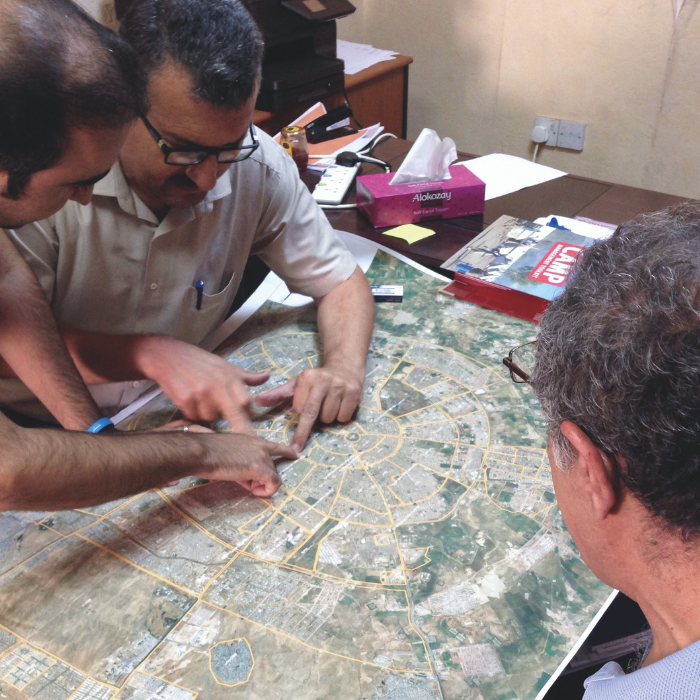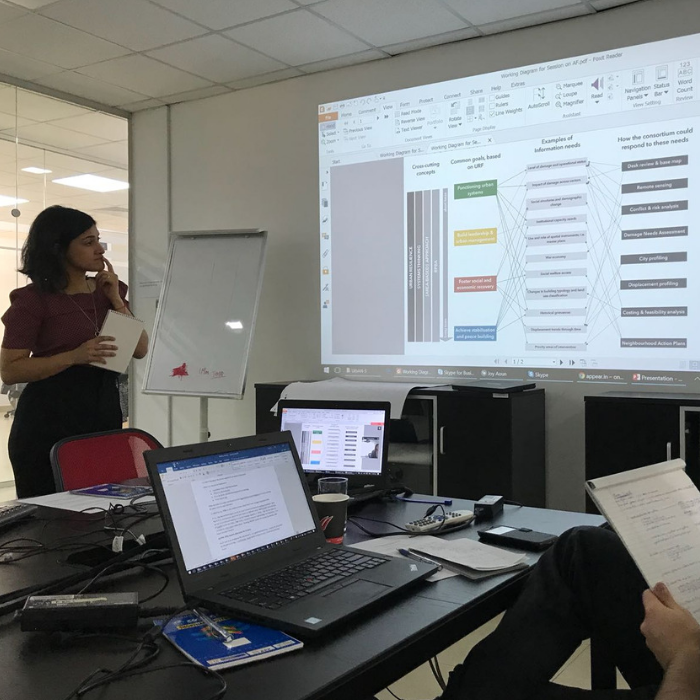Ever-increasing numbers of displaced people – both refugees and IDPs – flee to or within towns and cities, where they live dispersed among the broader urban poor. Distinguishing them from other impoverished and vulnerable groups is difficult, and what little data exists on their experiences, needs, capacities and intentions is often unreliable and scarce.
At the same time, the humanitarian, development and government stakeholders at the forefront of responding to urban displacement are increasingly interested in the scale of the phenomenon, its triggers and drivers and its impact on how cities function and adapt. Responding to the unique challenges of urban displacement requires tailored, comprehensive analysis that accounts not only for the vulnerabilities and capacities of both displaced and non-displaced populations, but also the strengths and weaknesses of urban systems more broadly in the areas where they live.
JIPS has refined it methodologies, tools and guidance to address the logistical, methodological, political and security challenges of planning and conducting profiling exercises in urban settings. Its approach includes:
- Making those affected by displacement more visible, and building evidence on their specific and diverse needs and vulnerabilities
- By using community-based techniques to identify and map people who tend to be hard to reach, either because they are mingled with economic migrants and the broader urban poor, or because they choose to remain invisible as a coping mechanism
- By collecting disaggregated data on those displaced and their host or neighbouring communities that live in similar areas such as informal settlements and often rapidly growing areas in the outskirts of a city
- Establishing a shared understanding as the basis for localised urban planning and coordinated interventions
- By bridging the interests of a broad range of stakeholders, including municipal authorities, via a collaborative process of collecting, analysing and interpreting data and developing recommendations
- By building the capacity of national and local authorities to enable them to play an active role in data processes and to collaborate and coordinate with other stakeholders, including those in the humanitarian and development sectors
- Enabling more coherent, localised interventions in the face of challenges such as rapid urbanisation, poverty and overburdened infrastructure and services
- By providing technical support for combined intersectoral and area-based analyses that understand cities as complex holistic systems
- By using mixed methods that combine urban settings and spatial data with information on the conditions displaced and non-displaced populations face and their perspectives
Cities affected by displacement and other crises present a clear scenario where humanitarian responses, transitional interventions and development plans need to come together. Collaborative urban profiling encourages this. It brings government, humanitarian and development stakeholders at the local, national and international level together to collect the evidence they need to intervene more effectively, whether it be via policies and strategies specific to displacement or broader urban development or reconstruction programmes.


